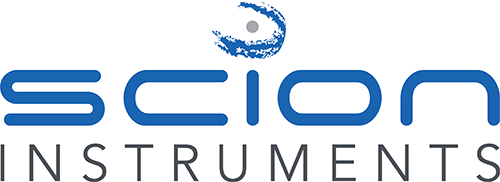What is the difference between a standard RGA and rapid RGA gas chromatography solution, and when would you choose them ?
The primary difference between a Standard Refinery Gas Analyzer (RGA) and a rapid RGA gas chromatography solution lies in their speed, resolution, and application focus. Here’s a breakdown of the differences and guidance on when to choose each:
Standard Refinery Gas Analyzer (RGA)
Key Features:
Comprehensive Analysis:
- Capable of separating and quantifying a wide range of gas components, including permanent gases (e.g., N₂, O₂, CO, CO₂), light hydrocarbons (C1-C6), olefins, and trace compounds.
- Often uses multiple detectors (e.g., TCD for permanent gases, FID for hydrocarbons) and multiple columns for detailed separation.
High Resolution:
- Designed for precise resolution of complex gas mixtures, making it ideal for highly detailed compositional analysis.
Longer Run Times:
- Typically takes 15–45 minutes per sample, depending on the number of components analyzed.
Standardized Configurations:
- Often aligned with ASTM, ISO, or refinery-specific methods for regulatory and operational consistency.
Applications:
- Detailed compositional analysis of refinery gases.
- Tracking all components in gas streams with high accuracy.
- Regulatory reporting and compliance.
- Process optimization where accuracy and full data are more critical than speed.
Rapid RGA
Key Features:
Fast Analysis:
- Optimized for speed, typically reducing run times to 5–10 minutes or less.
- Often achieves faster throughput by focusing on key components or using advanced column and detector technologies.
Slightly Reduced Resolution:
- May sacrifice some resolution for the sake of speed, focusing on major components rather than detailed trace analysis.
Streamlined Configurations:
- Pre-configured for high-speed separation of key refinery gas components (e.g., light hydrocarbons, permanent gases) and often uses fewer analytical channels.
Applications:
- Monitoring gas streams in near real-time for process control.
- Situations where rapid results are more important than complete resolution (e.g., transient process changes).
- Screening of large numbers of samples in a short time.
- Detecting operational upsets or variations quickly.
When to Choose Each?
Choose Standard RGA When:
- Detailed compositional analysis is required.
- Accuracy, resolution, and the ability to detect trace components are critical.
- Regulatory compliance requires adherence to standardized methods.
- The system is used for quality control or research.
Choose Rapid RGA When:
- Speed is a priority, such as in real-time process monitoring.
- Resolution requirements are less stringent (e.g., routine checks for major components).
- You need to handle a high volume of samples quickly.
- You want to detect trends or variations in gas composition on a tight timeline.
Key Considerations
Trade-offs: While rapid RGA solutions provide speed, they may not offer the same level of detail as a standard RGA. Conversely, the standard RGA is slower but more thorough.
Integration Needs: In a refinery, rapid RGA is often integrated with process control systems, while Standard RGA is used in central labs for detailed analysis.
In summary, the choice between Standard RGA and Rapid RGA depends on your operational priorities: comprehensive data and high resolution (Standard RGA) versus rapid results for dynamic monitoring (Rapid RGA).
